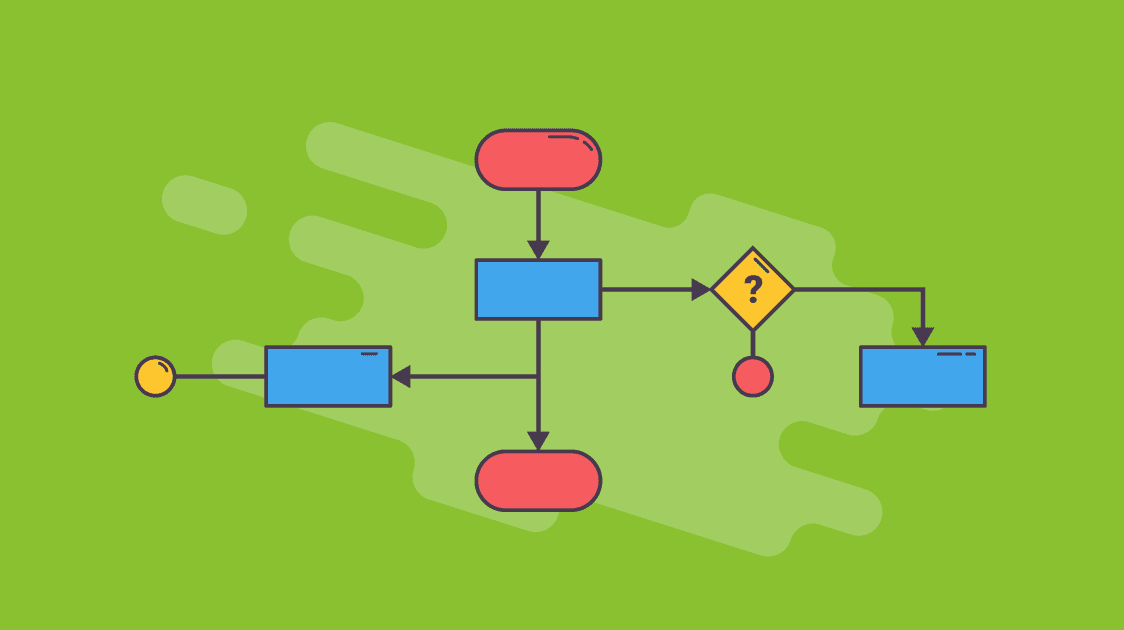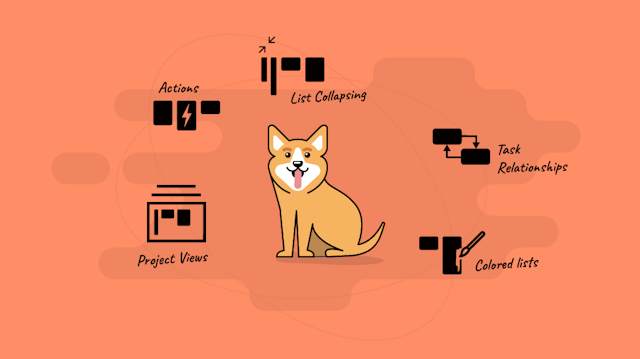Workflow is when tasks, documents, and other information are passed down from person to person while following a set of rules and procedures. But in order to get from Point A to Point B, you’ll need a process to get through the work, whether with humans, through automation, or both. However, it isn’t easy getting everyone on board in Day One, especially when handling different ideas and perspectives at the same time.
Depending on the type of industry you’re in, you’ll need to consider what type of workflow works best for you first. Consider one of the following:
Sequential Workflow: Doing tasks step-by-step
State Machine Workflow: Moving from State to State (repeating iterations, if needed)
Rules-driven Workflow:Relying on specific rules to regulate the progress of each task
Once you pick a workflow that works well for you, stick with it, so that tasks get completed, and your team can move on to the next stage of production. Also, keep in mind that workflows can also be used for future reference – in other words, they can be used again and again, if necessary.
Here are five ways that using project management workflows can help you and your team get through productivity without the frustration and guesswork.
- Define Responsibilities
- Better Coordinate Your Team
- Improve Processes
- See Deadlines Clearly
- Stay Transparent (Risk Or No Risk)
Define Responsibilities
First, each team member will need something to do. And with workflows, this first task will be a cinch.
“Workflows can help you better outline and assign responsibilities to each member of your team, which can be a large web of responsibilities from beginning to end,” said Lucy Oliver, a project manager at Uktopwriters and Eliteassignmenthelp. “Once you get together with your team to discuss who will do what, and how things will progress – in other words, map it out in front of your team members – everyone will get a good idea on how production will run moving forward.”
Better Coordinate Your Team
Now that your team has a roadmap of what production will look like, it’s up to you to make sure that everyone follows this roadmap. Have team members visualize what your expectations are during production, and how it’s essential for everyone to work together.
Improve Processes
As you coordinate with your team on how you want things to be done, make sure you keep in mind the processes themselves. Individual processes will differ from each other; in other words, people may work at their own pace. Workflows will help you see how each team member is working, and what you can do to help them improve on their workload. Or, if necessary, you can change it up so that each person in your team is satisfied with the work that they’re doing. However, the most preferred method is to figure out each person’s workload ahead of time, even before production begins, so that there are little to no interruptions during production.
See Deadlines Clearly
With every project comes a deadline (or multiple deadlines, if your business has more than one project going on). Workflows take the guesswork out of figuring out when a project needs to be completed, since they break down all the components needed, and give you a calculated estimate of how long everything should take. Once you have a good time table, you and your team will be more confident about the workload.
Stay Transparent (Risk Or No Risk)
“Customers count on companies to keep their information private; that’s why businesses have implemented careful workflows that help them provide clear and easy-to-understand status updates and information alerts to their customers,” said Declan Wollstonecraft, a business writer at Bestaustralianwriters and Bestbritishessays. “As a business, you can’t leave anything to chance. Projects may run into risks, such as delays, supply failures, low funds, or worse: compromised personal information. And although it’s impossible to predict and avoid anything that can go wrong, workflows can help you be ready for almost any setback; and they allow you to be more transparent to your customers. Thus, it’ll be easier to identify problems and be ready for them.”
Conclusion
Project workflows give a wide range of advantages when it comes to project management. Not only do workflows give you the much-needed flexibility during production, but they also help you plan ahead and plan better, as well as help build a great bond with your team.
Author's Bio: Molly Crockett writes for Oxessays.com and Bigassignments.com, and specializes in tech and marketing. As a writer and a writing teacher for Studydemic.com, she enjoys sharing her experience and tips on digital and social media marketing with her readers, as well as suggesting technological options to improve business processes.




